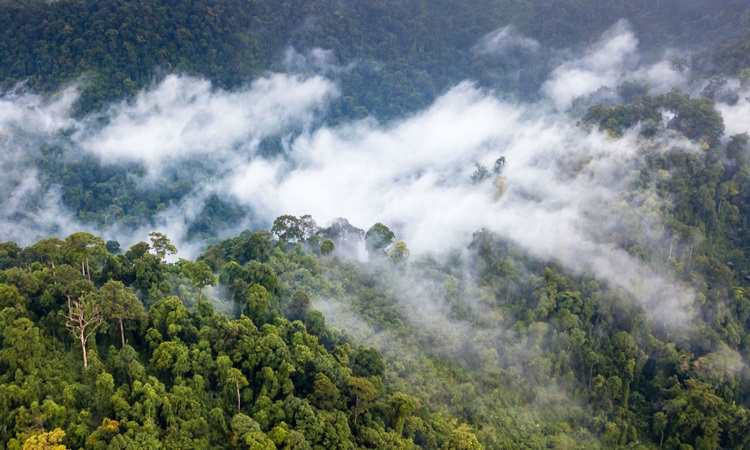A recent study published in Nature revealed that large-scale reforestation can increase evaporation, an effect capable of affecting water availability and stream flow. Although reforestation plays a very important role in mitigating the effects of climate change, scientists are not sure that it may be the best alternative to do so.
According to the publication, the researchers calculated the hydrological effects of the global restoration potential of different tree species in a perimeter of 900 million hectares. The resulting evaporation levels were calculated based on two key factors: how much rain evaporates and how much goes into stream flow.
The results showed that large-scale tree restoration can increase evaporation annually by almost 10 liters on average for every square meter in a restored forest. In the tropics, the figure can increase further, up to 250 liters per square meter.
In addition to this, the scientists detected that all this water does not return to the earth’s surface. Only 70 percent of all this water returns and the remaining 30% is stored in the oceans through rain. In other words, tree restoration results in a net decrease in water availability.
Regarding individual river basins, the impact of tree restoration is more complex, according to specialists. After tree restoration, stream flow for major river basins decreased by about 10%.
However, for other river basins, for example in the Yangtze River or the Amazon, the reduction in flow was very close to zero. This is because the negative impact of increased evaporation is offset by increased precipitation in each region.
Given this, Martin Herold, from the German Research Center for Geosciences, stated that the restoration and planting of trees must be better planned. “Through innovative data and analytics, reforestation must be optimized to achieve climate-smart and sustainable ecosystems,” he added.
For scientists, the importance of reforestation is key when it comes to combating climate change, but there must be greater measures when it comes to doing so. They point out that some areas are more easily reforested and increase water flows, while in other regions it can be counterproductive.




